Pendekatan Beyond Centers and Circle Time (BBCT) Pada Anak Usia Dini
Abstract
This article reviews the application of the Beyond Centers and Circle Time (BCCT) approach in Early Childhood Education. BCCT is a child-centered learning method that integrates directed play strategies with center and circle methods. The purpose of this article is to comprehensively explore the concept, implementation, and evaluation of BCCT in the context of Early Childhood Education. The method used is a literature study by reviewing various sources related to BCCT. The main findings reveal that BCCT is effective in optimizing early childhood development holistically through stimulation of multiple intelligences in structured play activities. BCCT implements seven learning centers by utilizing four types of footholds to support children’s growth. In addition, BCCT has a comprehensive evaluation system integrated in the learning process. The contribution of this article in the field of early childhood education is to provide in-depth insight into the application of BCCT as an innovative child-centered approach, so that it can be a reference for educators and stakeholders in optimizing the early childhood learning process.
References
Ardiana, D. N., & Widiastuti, A. A. (2020). Penerapan Pendekatan BCCT di KB-TK Realfunrainbow Preschool Salatiga. Jurnal Obsesi : Jurnal Pendidikan Anak Usia Dini, 5(1), 795. https://doi.org/10.31004/obsesi.v5i1.707
Gunada, I. W. A., & Sutajaya, I. M. (2023). Pendidikan Agama Hindu Pada PAUD dan Internalisasi Moderasi Beragama Dalam Perspektif Tri Hita Karana. Kumarottama: Jurnal Pendidikan Anak Usia Dini, 167-180. https://doi.org/10.53977/kumarottama.v2i2.801
Hayati, N. (2022). Metode Pembelajaran BCCT (Beyond Centers and Circle Time) Untuk Perkembangan Nilai Agama Dan Moral Anak Usia Dini. Jurnal Pendidikan Islam Anak Usia Dini, 2(1), 41–49. https://doi.org/10.51675/alzam.v2i1.250
Hesti, H. (2021). Pengembangan Metode Pembelajaran Beyond Center And Circle Time ( BCCT ) Terhadap Perkembangan Motorik Anak Usia Dini. Action Research Journal, 1(2), 223–229. https://jurnal.umj.ac.id/index.php/holistika/article/view/2879
Irna. (2020). Implementasi Kecerdasan Jamak (Multiple Intelegences) Pada Model Pembelajaran BCCT Atau Sentra Pada Pendidikan Anak Usia Dini. FASCHO: Jurnal Kajian Pendidikan Dan Sosial Kemasyarakatan, 9(2), 52–59. https://journal.stkipm-bogor.ac.id/index.php/fascho/article/view/42
Jf, N, Z., & Azmi, K. (2022). Strategi Pembelajaran Aktif Pada Anak Usia Dini. Buhuts Al-Athfal: Jurnal Pendidikan Dan Anak Usia Dini, 2(1), 60–72. https://doi.org/10.24952/alathfal.v2i1.5312
Kholifah, R, N., Hendarwati, E., & Setiawan, A. (2018). Pengaruh Strategi Pembelajaran Beyond Centers And Circle Time (BCCT) Terhadap Kreatifitas Anak Usia Dini Kelompok Usia 3-4 Tahun Di Pos PAUD Nusa Indah Surabaya. Pedagogi: Jurnal Anak Usia Dini Dan Pendidikan Anak Usia Dini, 4, 75–89. https://dx.doi.org/10.30651/pedagogi.v4i1.3608
Ramadhanti, M., Edwita, & Sumantri, M. S. (2018). Media Pembelajaran BCCT (Beyond Center and Circle Time) Berbasis Multiple Intelligences. Jurnal Ilmiah PGSD, 2(1), 55–66. https://jurnal.umj.ac.id/index.php/holistika/article/view/2879
Rusdi, A. A., & Handajani, R. P. (2018). Evaluasi Ruang Gerak dengan Pendekatan Metode Pembelajaran BCCT Pada Pendidikan Pra Sekolah (Studi Kasus: BSS Children Center). Jurnal Mahasiswa Jurusan Arsitektur, 6. http://arsitektur.studentjournal.ub.ac.id/index.php/jma/article/view/590
Suary, N. P. C. P., Mawarini, N. K. A., Sukerti, I. G. A., Yun, C., & Wiguna, I. B. A. A. (2022). Praktik Menstimulasi Perkembangan Motorik Anak Usia Dini Melalui Kegiatan Menempel Dan Menggunting. Dharma Sevanam: Jurnal Pengabdian Masyarakat, 1(2), 195–205. https://doi.org/10.53977/sjpkm.v1i2.803
Wahyuningsih, D. (2020). Model Pembelajaran BCCT Bagi Anak Usia Dini Sesuai Dengan Tahap Perkembangan. Dunia Anak Jurnal Pendidikan Anak Usia Dini, 3(1), 58–69. https://doi.org/10.31932/jpaud.v3i1.930
Wiguna, I. B. A. A. (2021). Strategi Guru PAUD Dalam Pembelajaran Dimasa Pandemi Covid-19. In Maesaroh Lubis (Ed.), Potret Pendidikan Dan Guru Di Masa Pandemi Covid-19 (Book Chapt, p. 115). tasikmalaya: EDU Publisher.
Wiguna, I. B. A. A., Ekaningtyas, N. L. D., Saridewi, D. P., Wiasti, N. K., Amni, S. S., Yasa, I. M. A., … Widari, N. M. S. P. (2023). Integrasi Pembumian Pembelajaran Sains Anak Usia dini dengan Pendekatan STEAM di PAUD Mutiara Hati Rinjani. Dharma Sevanam : Jurnal Pengabdian Masyarakat, 2(1). https://doi.org/10.53977/sjpkm.v2i1.963
Wiguna, I. B. A. A., & Oka, A. A. G. (2023). Pembelajaran Berdiferensiasi Dalam Mata Pelajaran Seni Budaya Pada Era Distrupsi. Widya Sundaram : Jurnal Pendidikan Seni Dan Budaya, 1(1). https://doi.org/10.53977/jws.v1i1.991
Wiguna, I. B. A. A., Putriani, N. G. A. N., & Arini, N. M. (2022). STRATEGI PENGEMBAGAN KREATIVITAS ANAK USIA DINI DALAM MENGANYAM DENGAN MEDIA ORIGAMI. Pratama Widya: Jurnal Pendidikan Anak Usia Dini, 7(2). https://doi.org/10.25078/pw.v7i2.1740
Wiguna, Ida Bagus Alit Arta ; Dewi, K. A. T. R. (2020). Strategi Guru Dalam Peningkatan Mutu Pembelajaran Etika Hindu. Jurnal Penjaminan Mutu, 6(2), 210–220. https://doi.org/DOI: http://dx.doi.org/10.25078/jpm.v6i2.1449

This work is licensed under a Creative Commons Attribution-ShareAlike 4.0 International License.
Authors who publish with this journal agree to the following terms:
- Authors retain copyright and grant the journal right of first publication with the work simultaneously licensed under a Creative Commons Attribution-ShareAlike 4.0 International License that allows others to share the work with an acknowledgement of the works authorship and initial publication in this journal.
- Authors are able to enter into separate, additional contractual arrangements for the non-exclusive distribution of the journals published version of the work (e.g., post it to an institutional repository or publish it in a book), with an acknowledgement of its initial publication in this journal.
- Authors are permitted and encouraged to post their work online (e.g., in institutional repositories or on their website) prior to and during the submission process, as it can lead to productive exchanges, as well as earlier and greater citation of published work (See The Effect of Open Access).


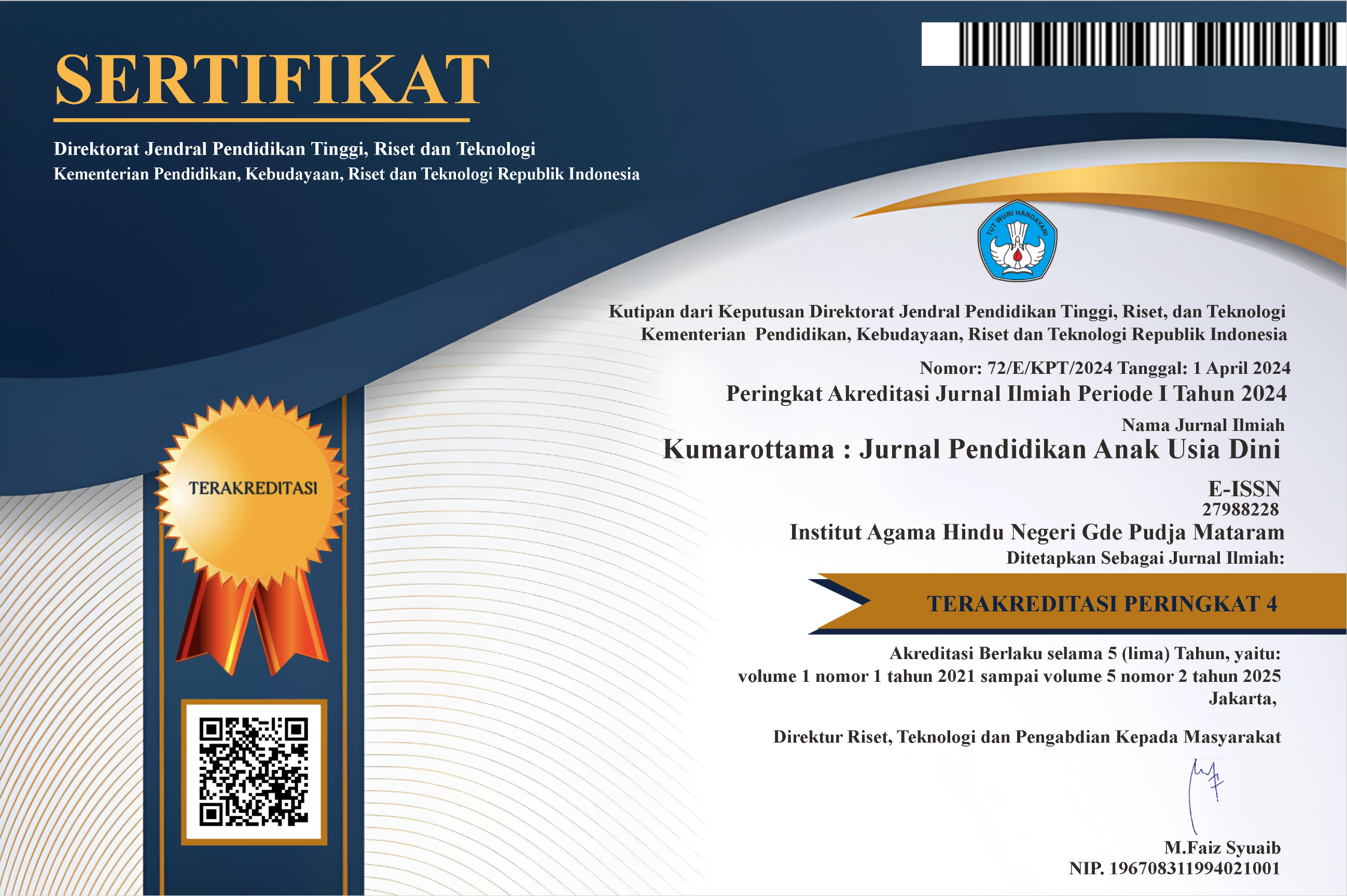


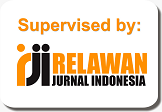
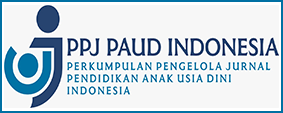
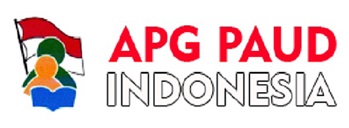

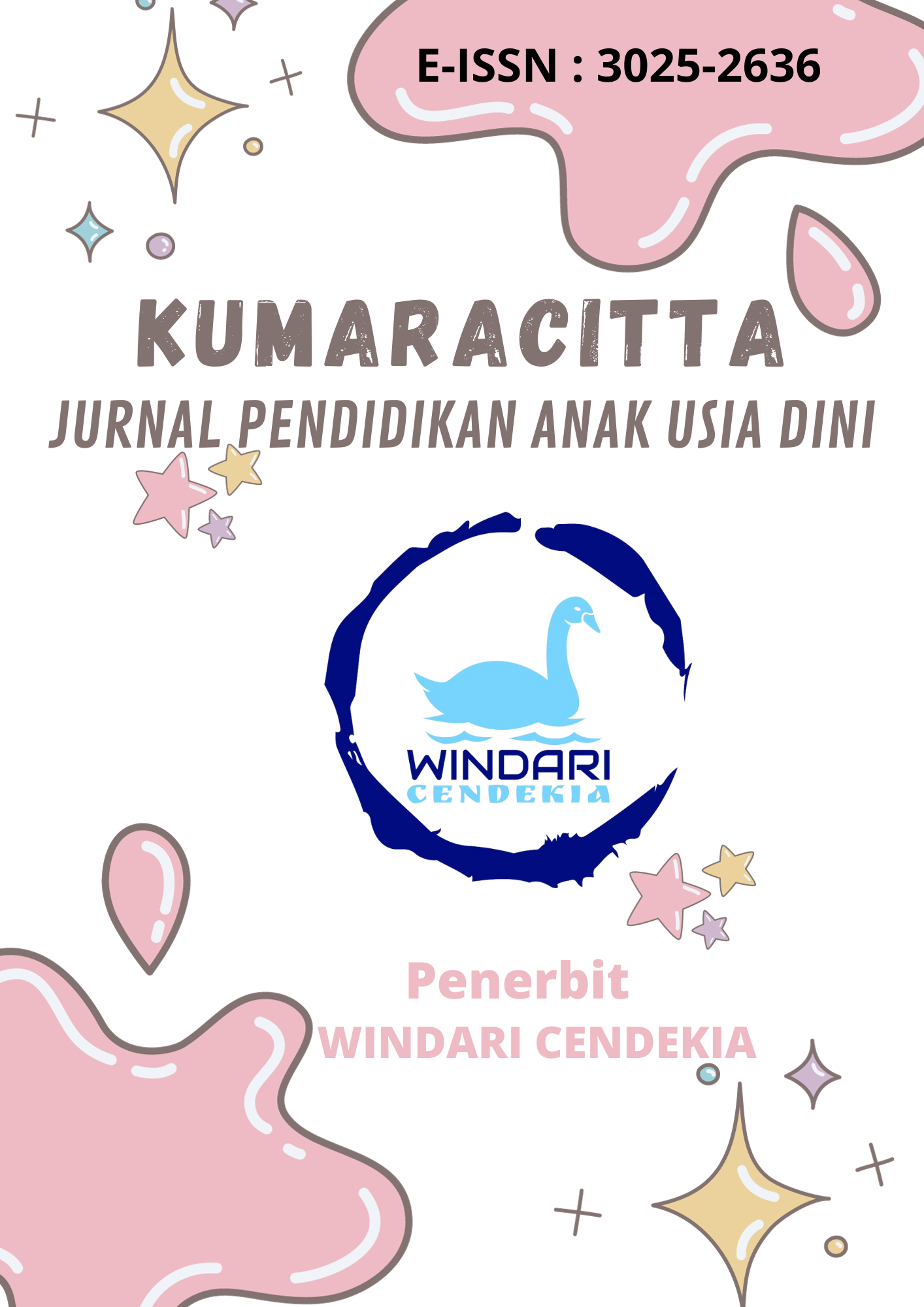
.png)














